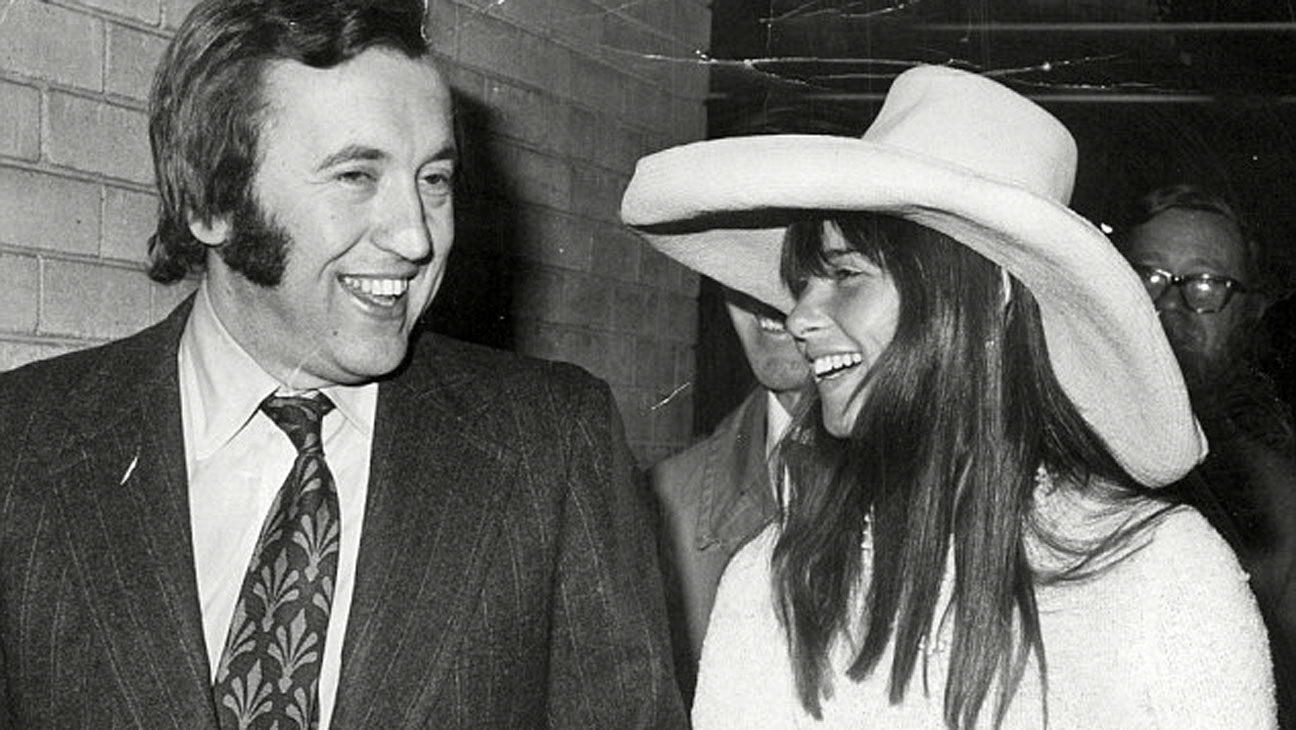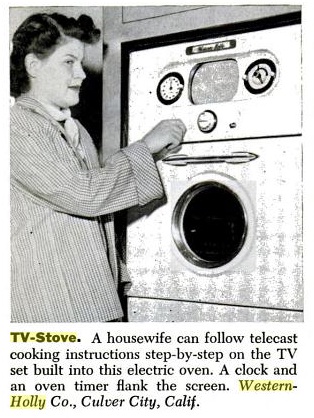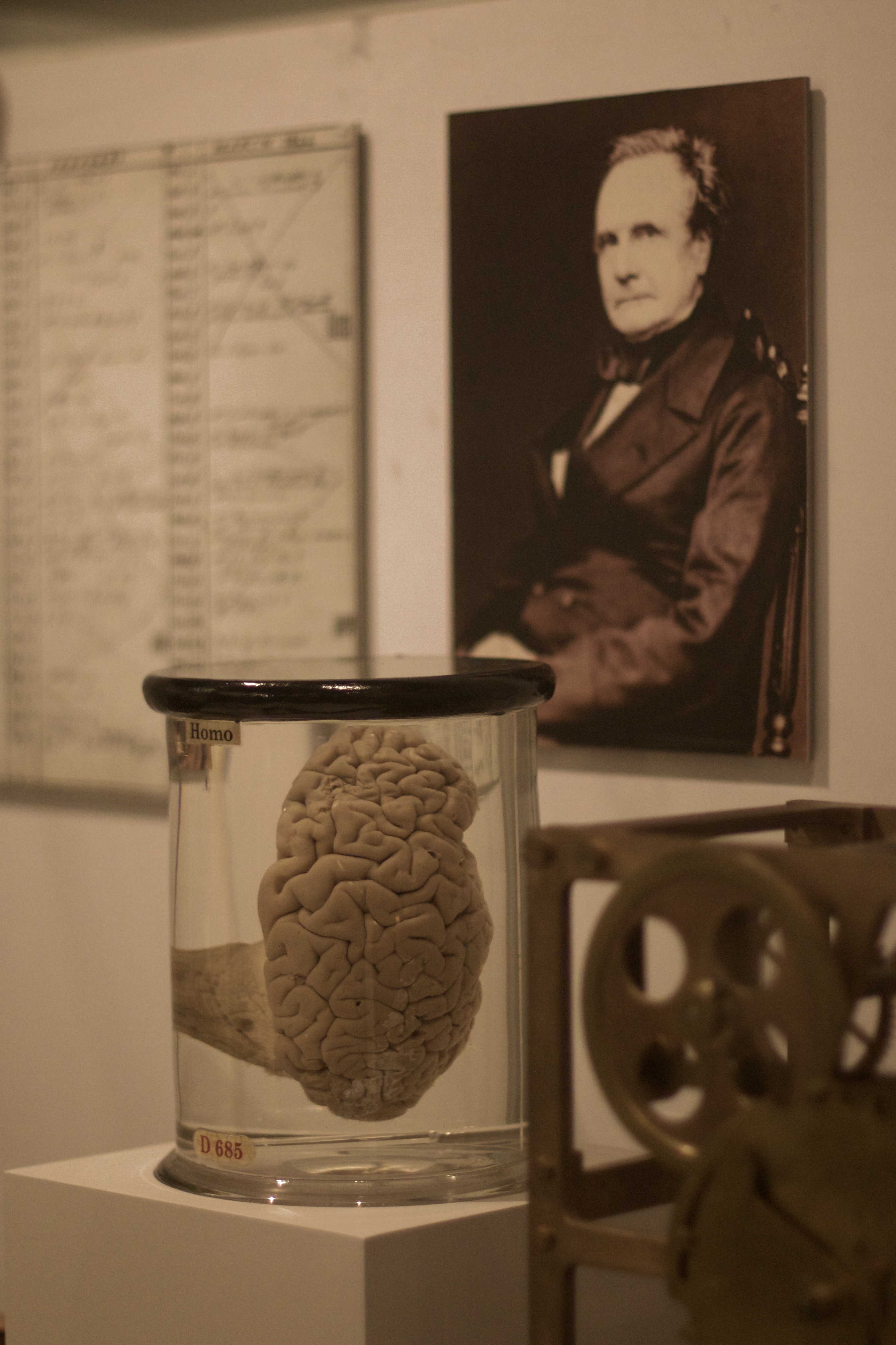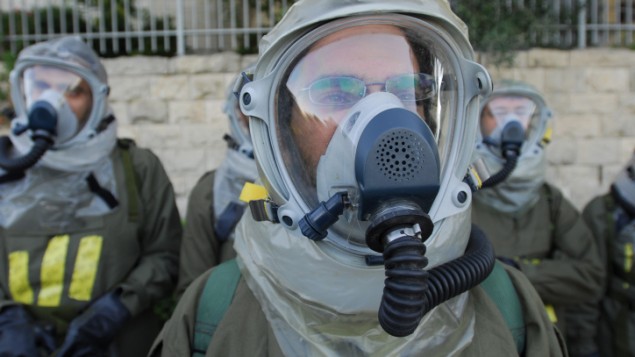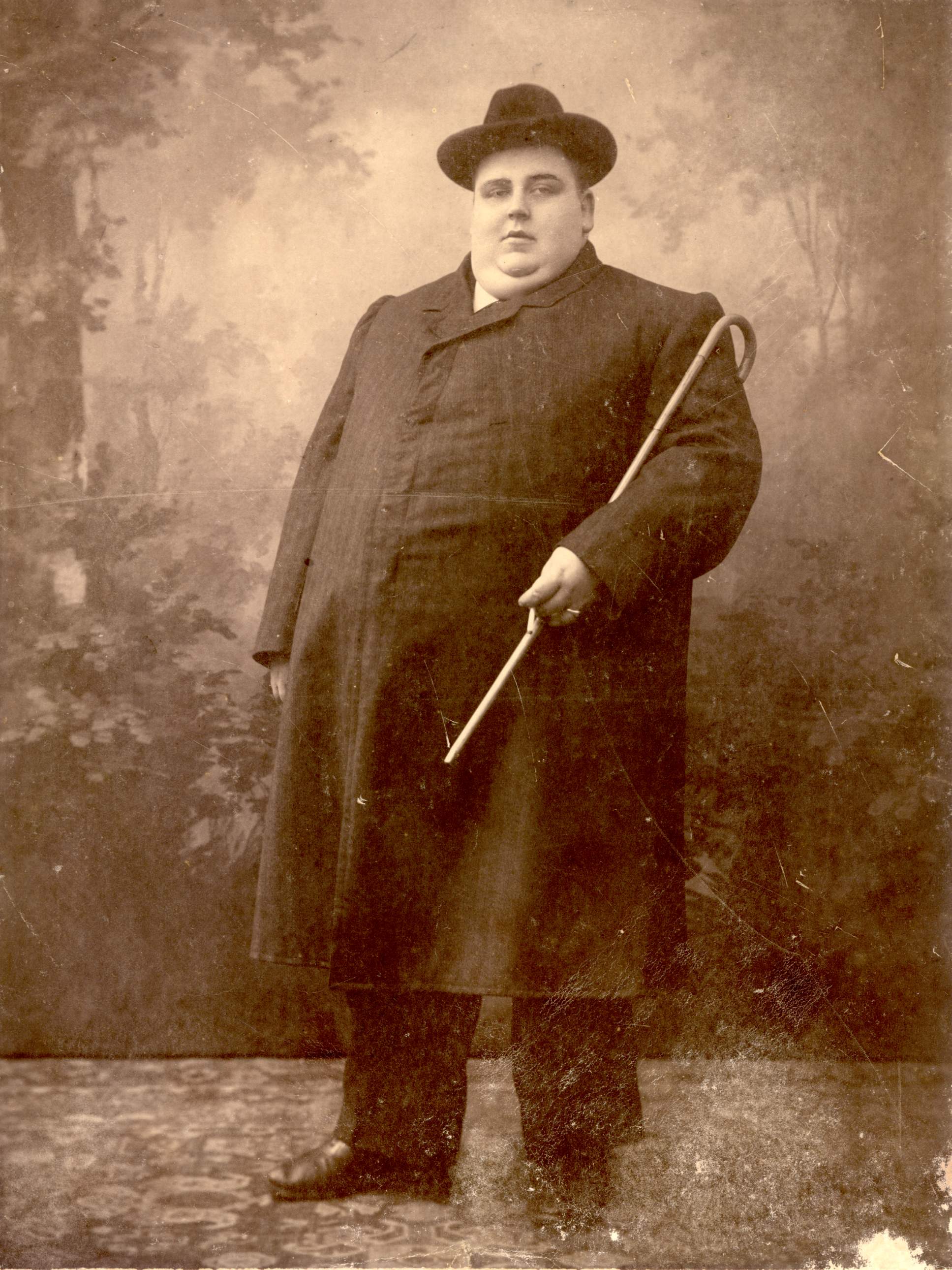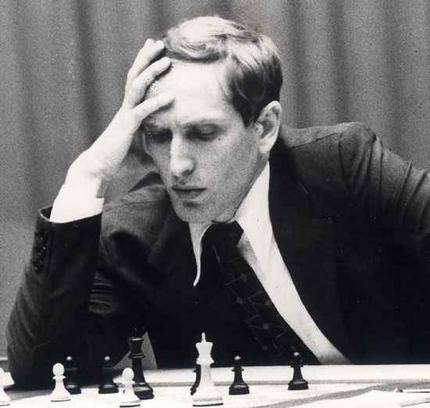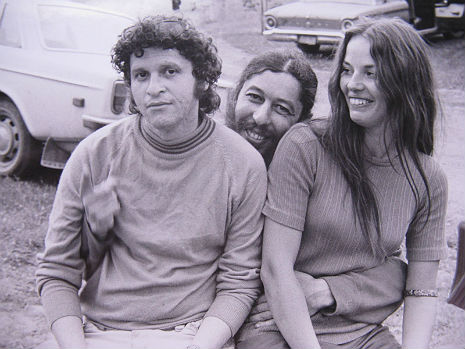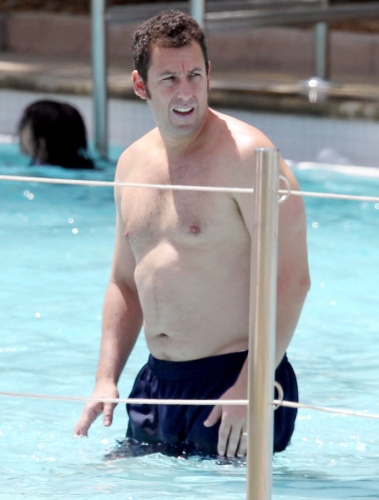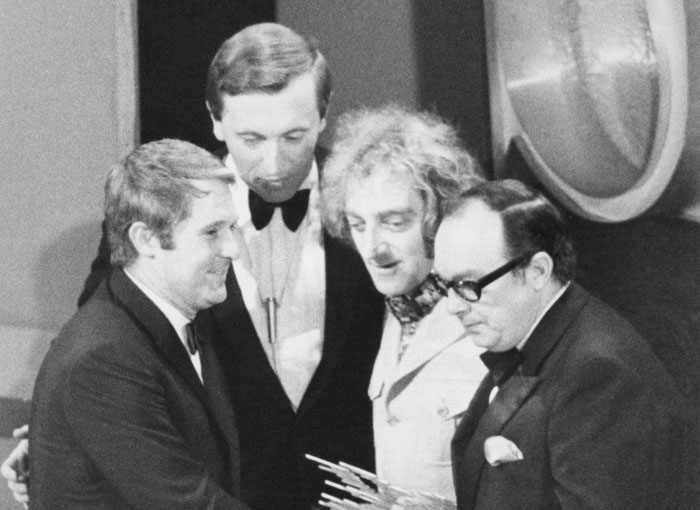
“The electricity was turned on, and it numbed the legs beneath the knees as much as cocaine would.”
Electricity as an elixir and sleep-inducer was the life’s work of a pioneering European doctor named Louise E. Rabinovitch. Her experiments were profiled in the January 26, 1910 issue of the New York Times. The story:
“Hartford, Conn.–Electricity as an anaesthetic was used with success in an operation at St. Francis’s Hospital to-day. The electricity was applied by Dr. Louise E. Rabinovitch of Paris, who lectured last night before the physicians of this city on the possibility of rescuing personas who had supposedly been killed by electricity, especially those subjected to the current in the electric chair. While a patient was being subjected to the electrical current by Dr. Rabinovitch four toes were amputated by Dr. Marcus M. Johnson, and the man felt no pain.
The name of the patient is not disclosed by the surgeons concerned. They stated only that his toes were frozen as a result of exposure in the recent storm and he has been at St. Francis’s Hospital for several days. He was told that it would be necessary to amputate four toes. He consented to the operation, but said he did not want to take ether. Dr. Rabinowitz was told of the case last night and suggested electricity as an anaesthetic. The patient agreed to the plan to-day although he was told that it was novel to surgery and that the surgeons could not give him the slightest encouragement as to the outcome.
When the man had been made ready for the operation straps were fastened about his legs at points designated by Dr. Rabinovitch. On these straps were electrodes to which were attached wires connecting with a battery. The electricity was turned on, and it numbed the legs beneath the knees as much as cocaine would. The patient was blindfolded and the surgeons went to work. The toes were amputated and the patient soon was released from the electrical attachments.
He said that he had not felt the slightest sensation during the cutting and had not known when the surgeons were doing it. During the operation he talked with the attendants and laughed at jokes. Three toes of his left foot and the large toe of his right foot were amputated.
Dr. Rabinovtich’s plan consists of sending an interrupted current of electricity through the affected part of the human body to be operated upon. No other part is affected by the fluid. A current of fifty-four volts was used in this instance, reduced by means of a commutator of one-tenth of that amount. The interruptions of the current were estimated at 20,000 a minute. The secret of the use of the device is in correctly applying the electrode to the nerve that controls the affected part.
Dr. Johnson said there were no bad after effects, and the patient suffered no pain. He declared that the feat marked an epoch in anaesthetic surgery, and that other forms of anaesthesia were likely to be entirely supplanted by Dr. Rabinovitch’s process. Dr. Rabinovitch was highly elated over the success of her device.
__________________
Dr. Rabinovitch has been experimenting for some time with her theories of electric sleep at St. Anne’s Hospital in Paris, where the city fitted up a laboratory for her. She is a graduate of the Universities of Paris and Berlin. She has invented four electrical machines for various humanitarian purposes. She has successfully experimented on dogs, rabbits, and other animals which were apparently killed by electricity, and has succeeded in restoring animals in many demonstrations.”




